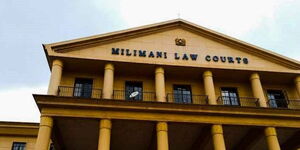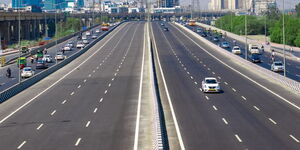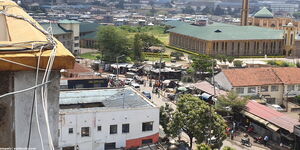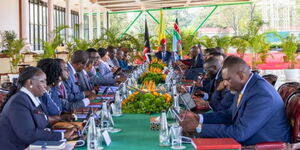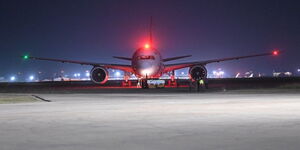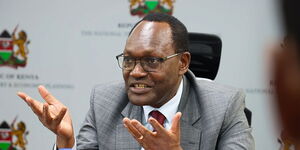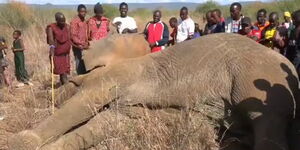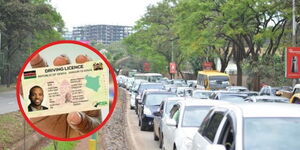During President Uhuru Kenyatta's reign, the country's debt has more than tripled, with the bulk of the amount spent going to various infrastructure projects across the country.
From roads to railways to ports and airport expansions, the country has borrowed intensively both locally and abroad.
The groundwork for some of the projects was laid by the Grand Coalition Government (2007-2013) construction spilled over to the reign of the Jubilee administration.
The LAPSSET Project
The Lamu Port-South Sudan-Ethiopia-Transport (LAPSSET) Corridor is part of Kenya's Vision 2030 strategy that aims to transform Kenya into an industrious, middle-income country, providing a high quality of life for all its citizens in a clean and secure environment.
LAPSSET consists of seven key infrastructure projects, starting with a 32-berth Port of Lamu, interregional highways from Lamu to Isiolo, Isiolo to Juba, Isiolo to Addis Ababa (Ethiopia), a crude oil pipeline, interregional standard gauge railway lines following the same route, 3 international airports: one each at Lamu, Isiolo, and Lake Turkana; 3 resort cities and a multipurpose High Grand Falls Dam along the Tana River.
This project is by far the most ambitious, set to cost the taxpayer Ksh2.3 trillion.
The Standard Guage Railway (SGR)
The SGR is a flagship project by the Government of Kenya as a transport component aimed at delivering Vision 2030.
The 485-kilometre long track has been the most contentious project of President Kenyatta's regime, having been mired by allegations of embezzlement of funds and massive corruption.
The Mombasa-Nairobi phase cost Ksh327 billion at the start, the extension to Naivasha costs Ksh150 billion and the final phase will cost Ksh380 billion.
In 2011, Kenya signed a memorandum of understanding with the China Road and Bridge Corporation to build a standard-gauge railway between Mombasa and Nairobi, but the funding was finalized in 2014 when Uhuru and Ruto were in power.
'One Laptop Per Child' Project
The laptop project was one of the foremost promises given by the Jubilee government during the campaigns in the run-up to the 2013 General Election.
The project started off on a high, despite repeated warnings from various stakeholders who were in doubt concerning the feasibility of the project.
In February 2019, the project came to a grinding halt after the government found it unsustainable. It was Ksh24 billion too late. It was replaced by another program referred to as the Digital Literacy Programme.
Turkana Wind Farm Project
The Lake Turkana Wind Power (LTWP) project is located in Loiyangalani, Marsabit County. It comprises 365 wind turbines, each with a capacity of 850kW, and a high voltage substation that has been connected to the national grid through an associated transmission line.
LTWP, which is the largest wind farm in Africa, has an installed capacity of 310MW of clean, reliable, low-cost energy and has 365 wind turbines with a capacity of 850kW each.
The Ksh70 billion project was launched by President Kenyatta on July 26, 2019, approximately three years after the project began.
It was intended to lower the average cost of electricity and was part of the president's plan to hit 100 per cent clean energy by 2020.
JKIA Expressway
The JKIA Expressway project cause ripples after information emerged that it was set to pass through a section of Uhuru Park.
The project is a private-public partnership (PPP) between the Government of Kenya and the China Road and Bridge Cooperation (CRBC) and will start as Mlolongo Town and end at James Gichuru Road junction in Westlands, at a cost of Ksh63 billion.
Motorists who will use the expressway will be required to pay an average of Ksh155 in toll fees upon completion of the project in December 2021.

